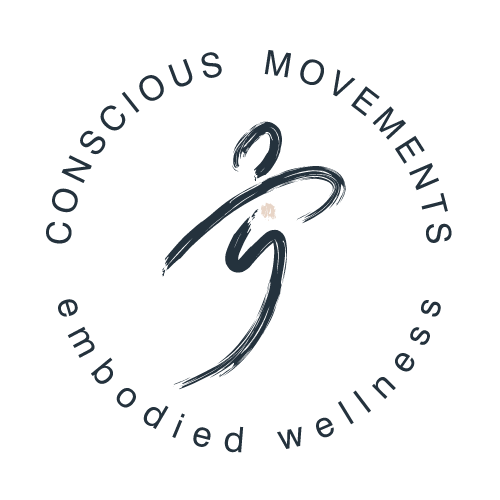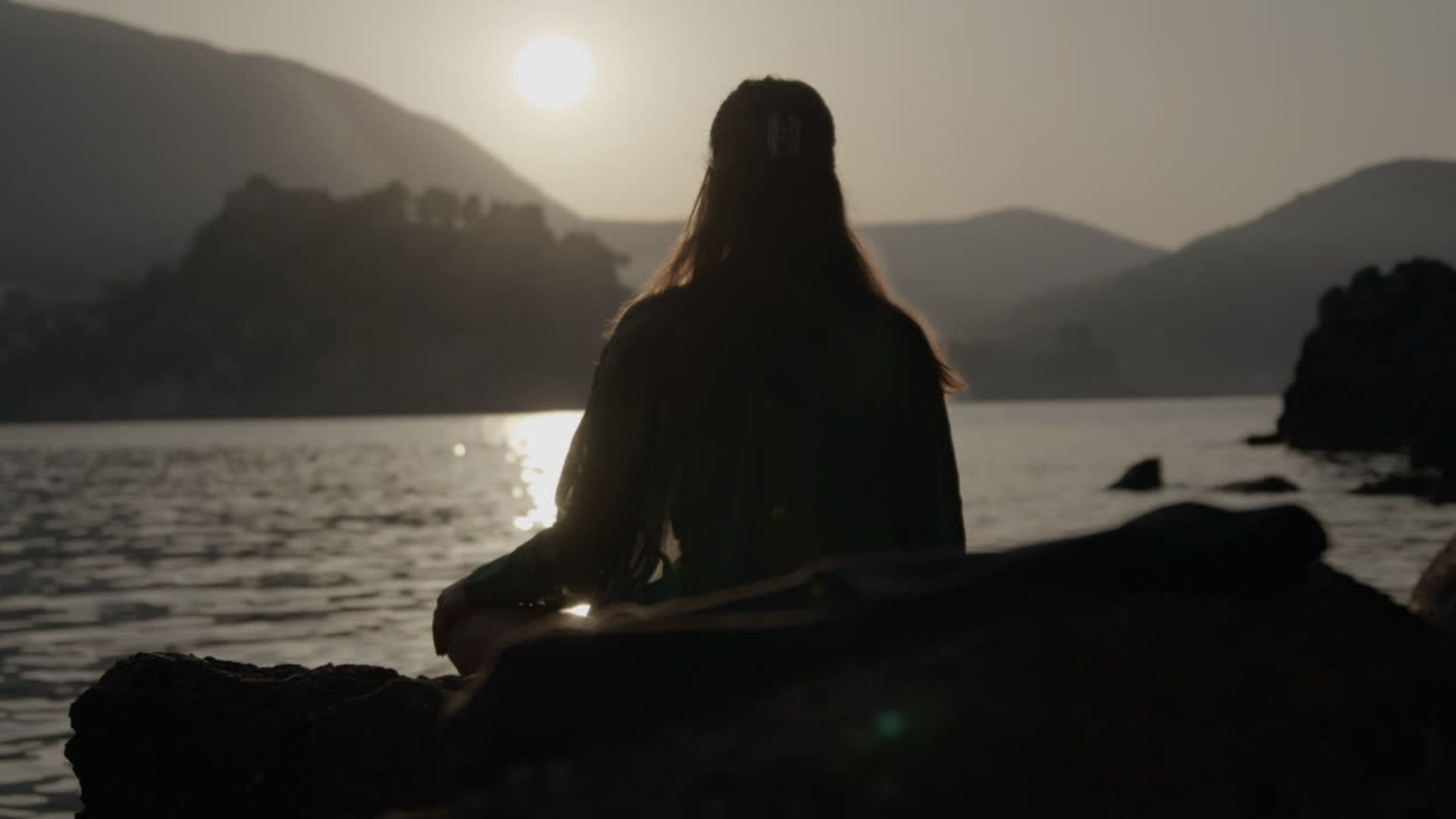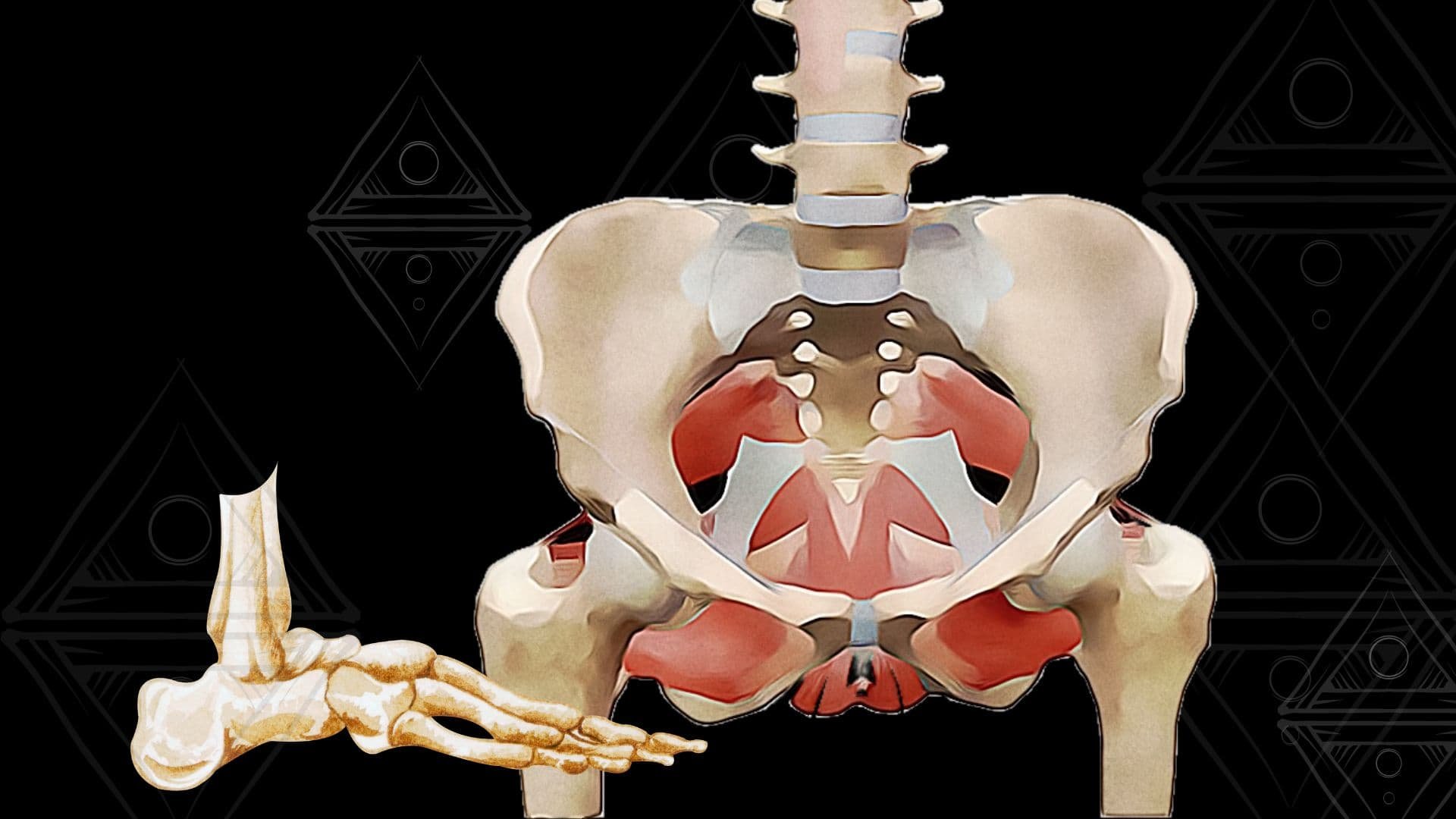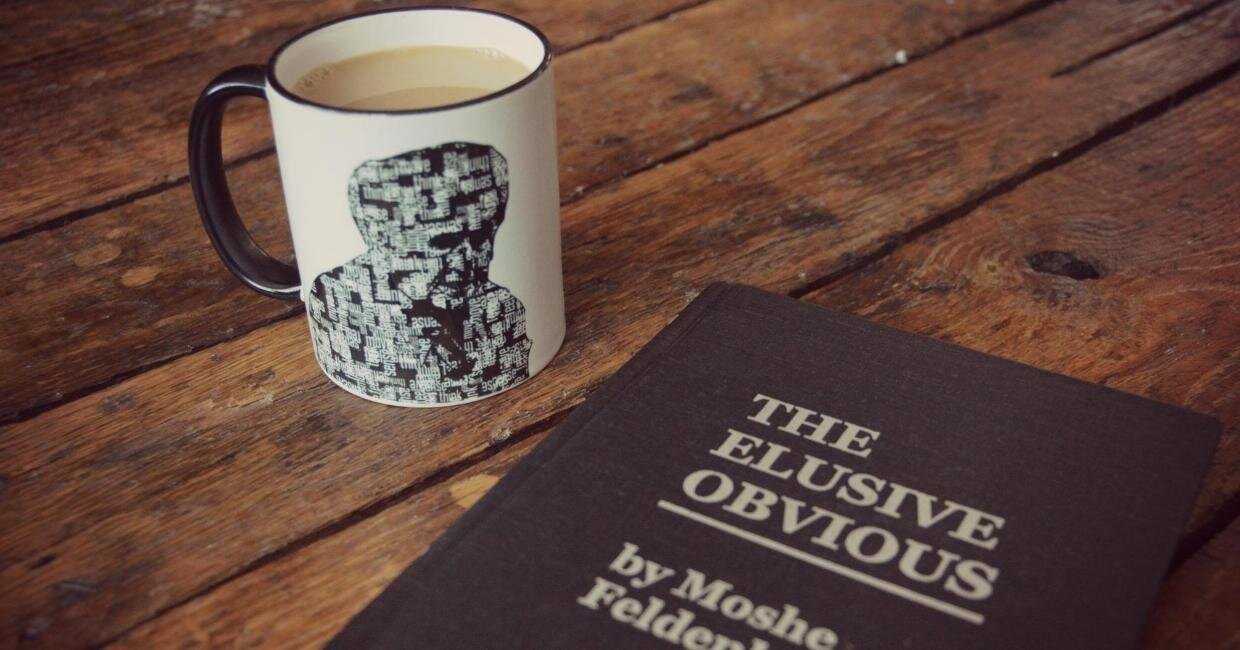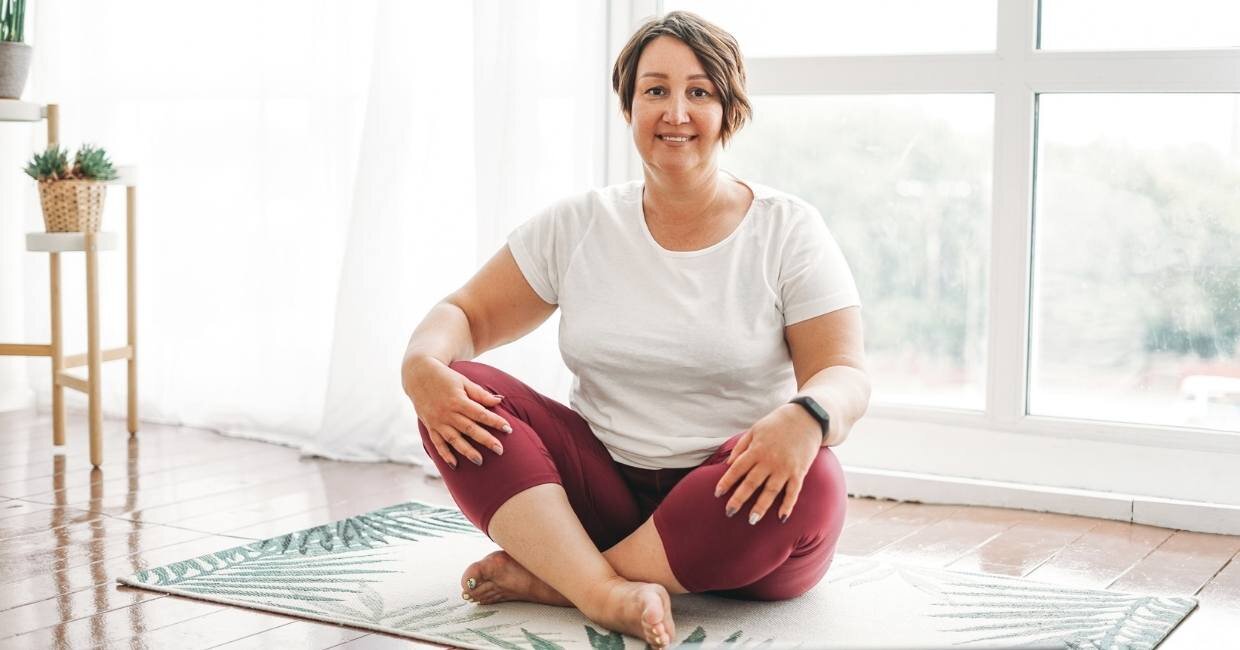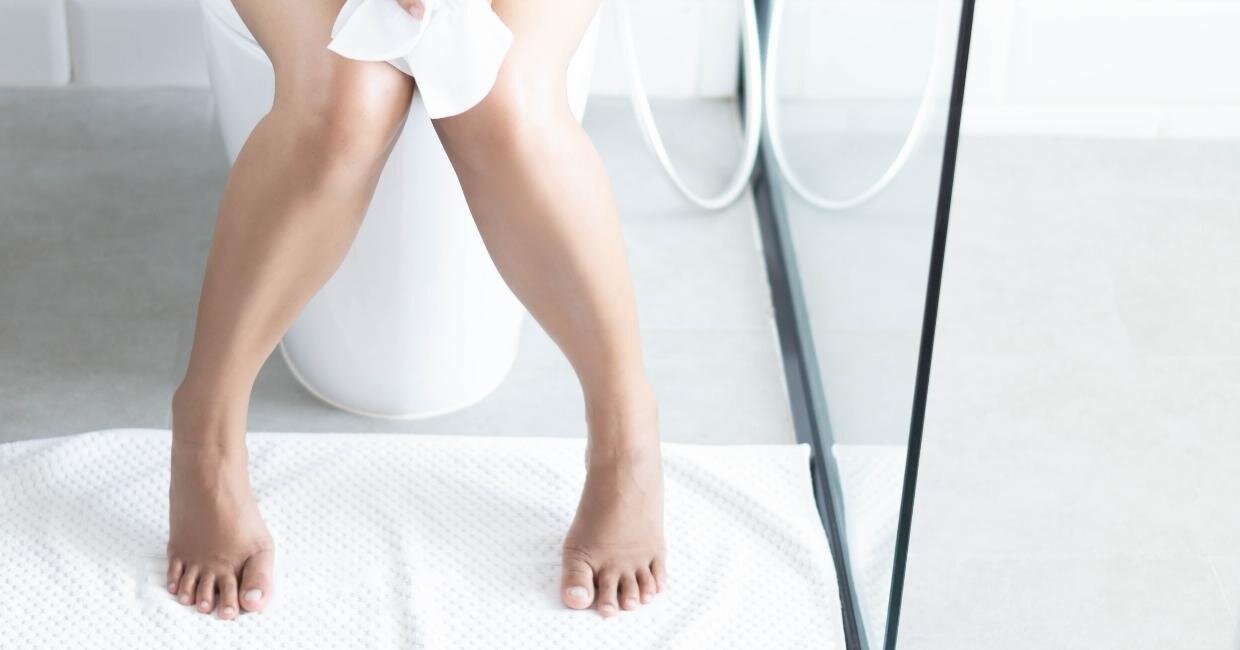blog
body-mind
Exploring. Learning. Breathing.
Have you ever wondered why you hold your breath when doing something new?
We often take our breath for granted, usually breathing in and out 12-16 times every minute without being aware of it. Most of us only notice our breath when something happens to prevent us from breathing normally. Others intentionally bring their attention to the breath as part of mindfulness practice.
Walking Awareness Benefits
You probably already know that walking is a great way to reduce pain, lose weight, and improve or maintain your overall health. But those are just a few of the many benefits that walking offers. I'm not going to go into all of the benefits here. But I'd like to encourage you to read through the two key points below and see if you can notice how the lessons and daily walks affect your personal experience.
9 TED Talks On Neuroscience That Will Inform, Inspire & Move You
This post on my favorite neuroscience-focused TED talks is consistently one of my most popular posts. It’s an oldie but a goodie. I still love the diversity of these talks and the insights they can offer for living an embodied and well life.
Working With Self-Judgment In Awareness Through Movement
This audio is part of the Conscious Movements Co-evolution private podcast within The Embodied Well membership. I'm sharing it here because I've seen too many people bypass moments that could nurture deep healing and profound growth.
I can't speak for all Feldenkrais practitioners, but I'm not attached to someone reaching some arbitrary endpoint in a lesson. I'm far more interested in people befriending all of who they are so that they can understand the language of their bodies and expand their capacity to hold space, lead, and thrive.
Foot & Pelvic Floor Connections
I created this short post as part of my Awaken Your Pelvic Floor Program and Pelvis & Sacred Sacrum Program. Although it’s a quick look at some of the anatomical relationships between the pelvic floor and foot, I encourage you to use it as inspiration to explore those connections. Remembering the anatomy isn’t essential. But sensing the relationships and expanding your capacity to embody your anatomy will change everything!
Morning Walks With Awareness
One of my favorite things is taking an early morning walk. I love the quiet stillness, and the way nature sings as the sun rises. I love how the clean, fresh morning air breathes a sense of life into my every movement. And I am inspired to play with my own movement experience.
Feldenkrais Is So Much More Than Movement: Part One
The book, "The Elusive Obvious," was once only available in Hardback format — which brings me a special kind of sensorial gratification.
As I flip through the dense and fibrous pages, I digest each word of somatic wonder. My mind starts to bend towards a deeper realization that this work, The Feldenkrais Method®, is so much more than movement. What we discover about ourselves can change everything!
Language Of Healing
I was recently talking with a student who struggles with hip pain. Like no joke, they can't walk when the pain hits type of pain.
So we're chatting it up after an Awareness Through Movement class, and they shared their insight into how shifting their attention from their hip to their head helped them to understand their pain better.
"Do tell," I asked, "what did you discover about your hip pain?"
Move Into Mindfulness
My own experience with becoming more mindful was genuinely uncomfortable. Every single thought seemed to echo in my physical being. I was amazed to discover how unconscious conditioning ruled both my perceptions and sensations. I decided very early on that working directly with my mind through mindfulness and meditation, was just as important as working with the history trapped in my physiology.
Musings On The Psoas
The psoas (pronounced so-az) has come up a few times in our live classes in the last several months. Really, it was just in passing as we looked at anatomy related to the tongue, pelvic floor, diaphragm, and heart.
But it sparked some curiosity.
In fact, I had three members reach out to request a series on the psoas. So I chucked March's arches & waves series and started prepping for the upcoming Hips + Psoas series.
I have to admit. I'm pretty excited about it. The psoas is a fascinating muscle... and some would say not just a muscle.
Go Fast Without Hurrying
Recently, a person asked:
"I'm interested in the Feldenkrais concept to "go slow without hurrying." Whether it's while eating, walking, etc. Can you explain more about it and how to cultivate that practice?"
My response was relatively short, so I'll expand upon it here. And, I ask that you join me in sharing your experience with fast, slow & hurrying in the comments below. Together, we can start to paint a more comprehensive picture of how to cultivate change.
5 Tips For A Sustainable Mindful Movement Practice
A few weeks ago, I went on a relatively short and easy hike in the woods, a trail I had been on before. It led to a beautiful watering hole where a stream became a waterfall, ultimately flowing into a large pool for swimming before continuing onward. The trail was quite wide and did not have many obstructions to deal with; it was also relatively flat.
Along I plodded, anxious to reach the water to cool off as it was an exceptionally hot and muggy day. Halfway there and my feet and back were already tiring. By the time I reached all the action, which was only a mile in, my feet had moved past tiring to aching.
More Movement. Less Exercise
There is no life without movement. From the blood that pulses through our veins to the actions required to gather and consume food, your mind and body are intimately connected. And while your brain is the master control system for your body’s movement, the way you move can also affect how you think and feel.
Some of the functions for movement are obvious — like hunting and gathering. Other critical aspects of movement may be less obvious — like the way movement acts as an extension of your cardiovascular system or primary pump for your lymphatic system. And then, there are all the other ways movement impacts you emotionally, mentally, and socially.
There’s a lot I could say about movement. But for today, we'll focus on the importance of moving more in everyday life.
What can your poop teach you?
One thing we can do for our loved ones, community, planet, and social change is to understand how we can be health and wellness warriors from our own personal emotional and physical well-being. So let’s start with what everyone on the planet does. Poops!
Your poops are an excellent indicator of your total health. Your gut and brain are in constant communication via the amazing Vagus Nerve, which I LOVE to talk about. If you are feeling depressed, experiencing mood swings, and all digestive issues, your communication between the brain and gut are not getting along and this disruption is the beginning of many symptoms and diseases.
Movements Of The Jaw
I recently created a short movement practice for a student titled, "reConnecting The Pelvis & Jaw." I’m sure that you know that the jaw impacts your teeth and other mouthy parts. But did you also know that the jaw and its movements play a pivotal role in balance — physically and emotionally?
The upper jaw, part of the cranium, connects most intimately with the spine and back of the body. Every movement the upper jaw makes reverberates through the spine. One of the best ways to feel this is to sense the connection between the pelvis and the jaw. Once you've made the connection, you can refine your ability to feel how the jaw movements transmit down the spine.
From Trail Troubles to Happy Hiking
A few weeks ago, I went on a relatively short and easy hike in the woods, a trail I had been on before. It led to a beautiful watering hole where a stream became a waterfall, ultimately flowing into a large pool for swimming before continuing onward. The trail was quite wide and did not have many obstructions to deal with; it was also relatively flat.
Along I plodded, anxious to reach the water to cool off as it was an exceptionally hot and muggy day. Halfway there and my feet and back were already tiring. By the time I reached all the action, which was only a mile in, my feet had moved past tiring to aching.
Feldenkrais or Yoga?
The movements of Feldenkrais® can serve as a conduit to a deeper connection to yourself and is one of the ways in which it’s similar to yoga. The difference, however, is how we go about those movements. But those differences can vary from person-to-person and from teacher-to-teacher (lineage or style).
Progressive Muscle Relaxation To Relieve Stress + Reduce Muscular Tension
Do you find yourself holding on to tension? If you suffer from complex pain, then you know what it's like to feel tense. Maybe it feels like you're muscles are gripping and aching nearly all of the time. Everyday activities like cooking or tending to your home can feel like a strenuous process. For some, everything feels like it takes excessive physical effort.
Moving In Water With Chronic Pain
For better or worse, cold weather has finally arrived in the Northeast. I actually prefer the cool, crisp air of Winter over the hot and muggy days of Summer.
Still, I am not a huge fan of outdoor walks this time of year. So I was faced with the perennial question, “What can I do to keep moving this winter?” My favorite answer: Swimming! Indoors, that is. Probably not surprisingly, I shiver at the thought of joining one of these ‘polar bear’ clubs where some folks run into icy cold lakes in their skivvies!
Do You Have Hip Joint Confusion?
I’ve been a little obsessed and bewildered by how many people really don’t know where their hip joints are. Now I get it. The hip joints don’t take up a ton of real estate in the ol’ sensory-motor cortex. They don’t require fine-motor skills or other subtle interactions with the world. Heck, they don’t even fully form until years after we are born.
